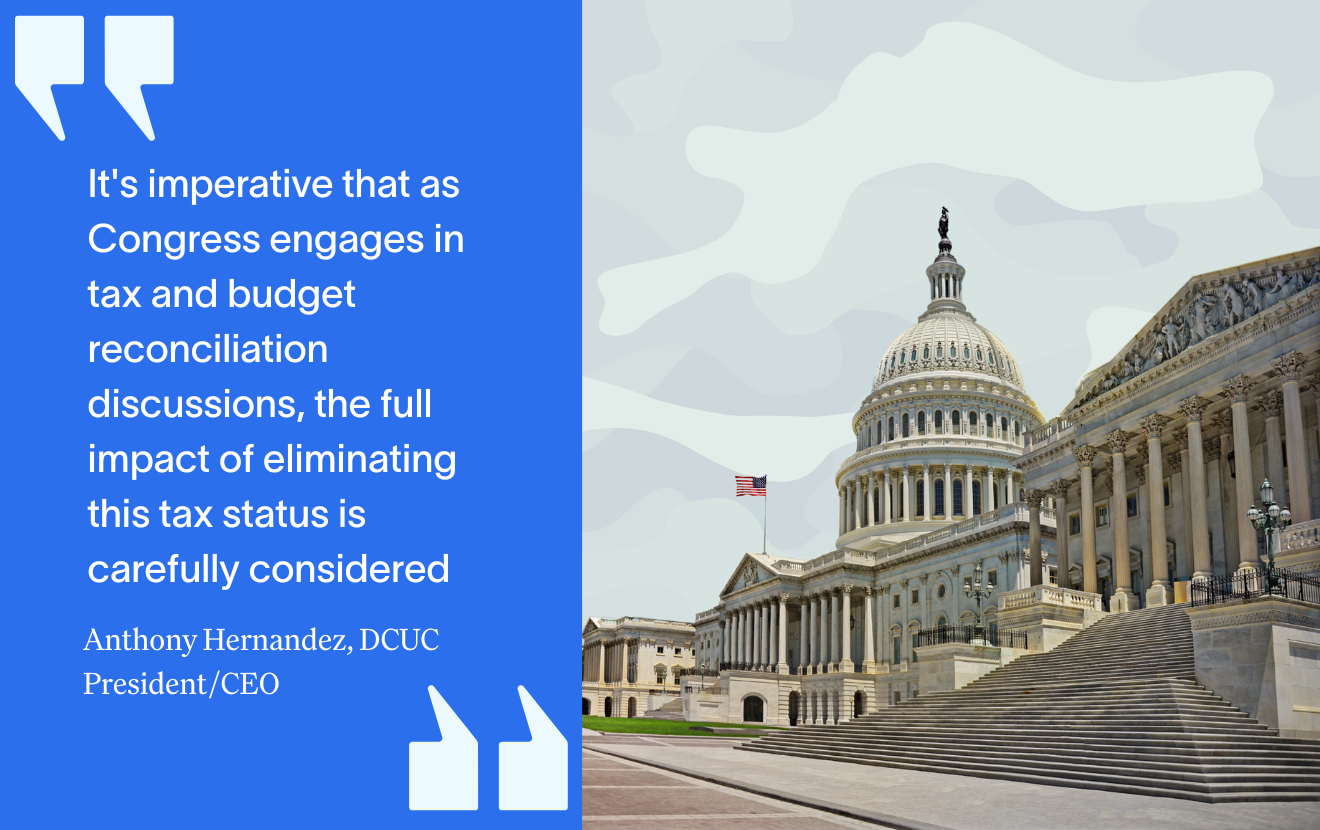In recent years, the turbulent banking industry has pushed increasing numbers of consumers toward financial alternatives to the biggest national banks. A taxpayer-funded bailout, new and increasing fees for basic banking products, and a series of industry scandals have left a bad taste in the mouths of many bank customers. Enter credit unions.
Though they’re by no means a new concept (the oldest dates back to 1908),creditunions further penetrated the national consciousness in late 2011 when Bank of America—at the time the largest U.S. bank by asset size—proposed a $5 monthly fee for checking account customers who used a debit card to make purchases. In response, a grassroots event known as “Bank Transfer Day” made national headlines and urged consumers to leave big banks for smaller, community-focused credit unions. BofA ultimately repealed the $5 fee, but the event is a sign of tension between the bank and its customers.
In addition, the message set by such an event warrants a look at the advantages of a credit union over the four big banks: Chase, Wells Fargo, Citibank, and BofA. Advocates will proclaim banks are for-profit and serve stockholders, while credit unions are not-for-profit and serve members. They’ll also note many banks have a nationwide or even international focus, whereascredit unionsset their sights on improving their local community. All of that is true, but are there quantifiable benefits for individual consumers who are considering switching to a credit union?





